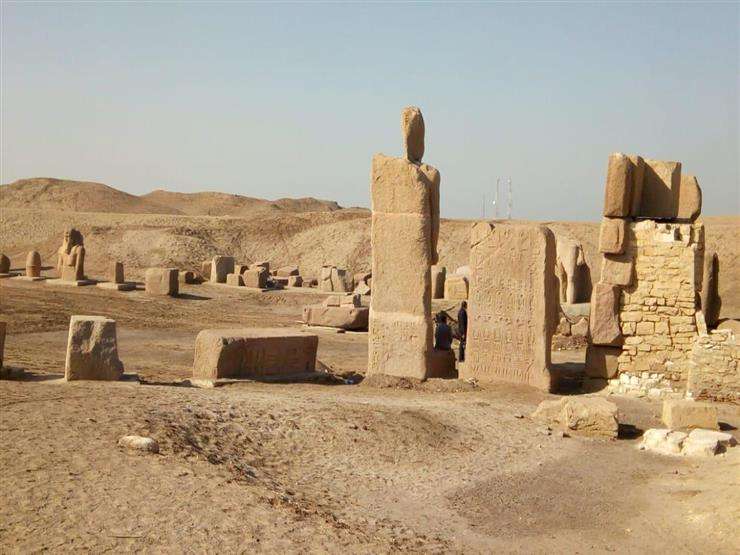The Ministry of Tourism and Antiquities the works of restoration, assembly, re-raising and elevation of two antique obelisks in the area of Antiquities of San al-Hajar in Sharkia governorate.
The obelisks were disassembled into parts and dumped on the sand since their discovery in the nineteenth century, as is the case of the rest of the existing pieces, which were destroyed by an earthquake in ancient Egyptian times.
This was stated by Dr. Mostafa Waziri, Secretary-General of the Supreme Council of Antiquities, explaining that these works come within the project of developing the ancient archaeological area of San Hajar, which the Ministry started since 2017 in preparation for turning it into an open museum.
He pointed out that the obelisks are made of pink granite and are in good condition and preserved for King Ramses II.
It is noteworthy that the San Hajar area witnessed in 2017 the real beginning of saving the archaeological site since it was uncovered by successive archaeological missions in more than two centuries.
The work of developing the area included raising more than one hundred stone blocks weighing more than 20 tons, placing them on wooden pieces and stone blocks and isolating them from the ground to protect them from moisture and salts, and the work of hundreds of meters of terraces organized in a manner that is appropriate for the composition of the ancient Egyptian temple with its openness and ancient boundaries, and by lifting artifacts on them to protect them so that visitors can enjoy seeing them optimally.
Among the most important pieces that the mission restored, reinstalled and raised are the huge northern statue of King Ramses II, which was disassembled into four parts lying on the sand since the discovery in the nineteenth century, as is the rest of the existing pieces, to stand and for the first time to decorate the entrance to the temple as It was in the Pharaonic times.
Two obelisks were also raised by the first pylon, in addition to the work of six bases in the hall of the columns to raise obelisks on it for the first time since its fall during the first century AD.
Among these pieces, which were restored, reassembled and installed on site, were two large obelisks, two columns, and two statues of King Ramesses II.








